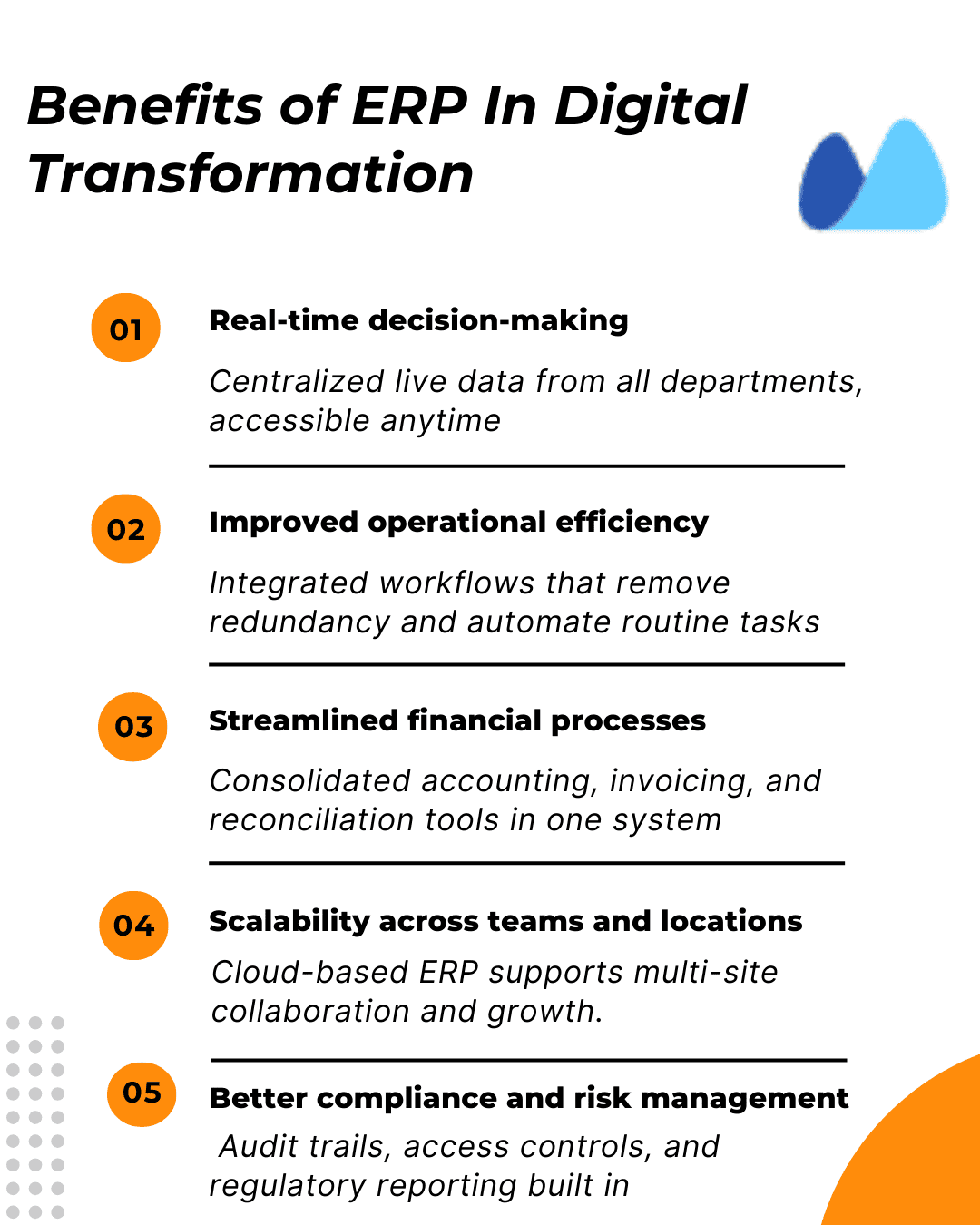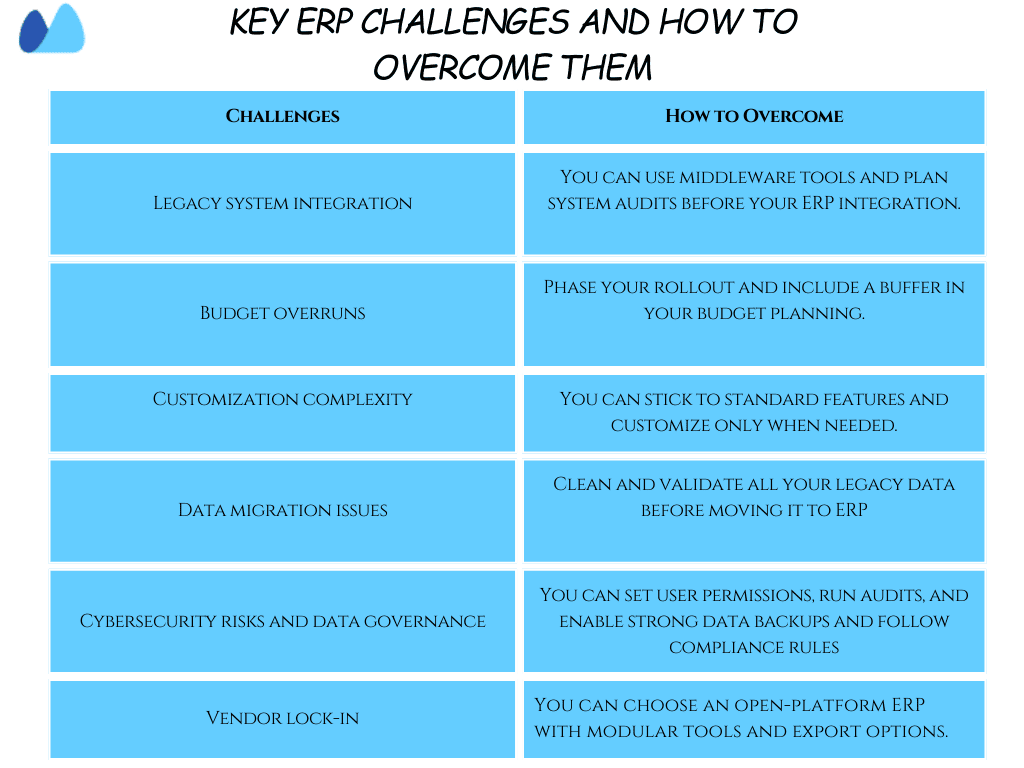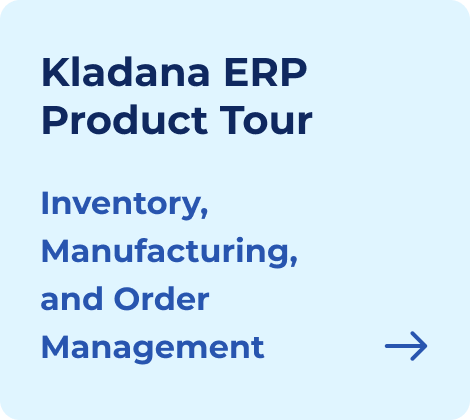ERP digital transformation is not only about software but also about rewiring the decisions behind everything your business does. It is a shift from gut instinct to data-backed actions, from isolated wins to systems that can scale and grow, from “what worked last year” to “what will keep us relevant five years from now.”
The shift will not just happen overnight when you install new tools. It occurs when your business starts thinking like a digital first organisation, where every function speaks the same language, where decisions happen in real time, and operations are not just automated, instead they are intelligently aligned.
According to McKinsey, 89% of large companies are already pursuing digital transformation. Of these, 31% are realizing the expected revenue gains, and only 25% are achieving the anticipated cost savings. The difference? Top performers align their digital strategy with long-term business goals, invest in talent, evolve their operating model, and scale adoption across the enterprise.
ERP digital transformation is that system. It is not just a tool to digitize what you are doing; it is a platform to redefine how it all works.
- What Is ERP Digital Transformation?
- Why Is ERP Important for Digital Transformation?
- How ERP Evolves to Support Digital-First Business Models
- ERP Innovation: Modern Features that Enable Transformation
- ERP Is not Just Software. It Is the Nervous System of Your Business
- Benefits of ERP in Digital Transformation
- Digital Transformation and ERP Implementation Strategy
- Key ERP Challenges and How to Overcome Them
- To Sum Up
- Frequently Asked Questions on ERP Digital Transformation
- List of Resources
What Is ERP Digital Transformation?
ERP digital transformation is more than just moving spreadsheets to software. It is refining your entire organizational functions, integrating your core business into one platform.
Enterprise Resource Planning connects all the dots of cross-functional teams. But when it comes to ERP digital transformation, it goes beyond your integration. It means using ERP as a strategic driver to rethink how your business operates in a connected, data-first, real-time environment.
It is not just about automation but also requires visibility. ERP transforms you so that your decisions become faster and more accurate. Instead of reacting to problems, you start anticipating them.
ERP digital transformation also helps you unlock new levels of flexibility. Whether you scale into new regions, launch new products, or shift your operating model, ERP gives you an infrastructure to adapt quickly without rebuilding everything from scratch.
In fact, according to Statista report, the global transformation spending reached $2.5 trillion in 2024 and is expected to climb to $3.9 trillion by 2027. Businesses are clearly investing heavily in infrastructure like ERP to stay competitive in the market.
Why Is ERP Important for Digital Transformation?
Digital transformation is beneficial for both tech initiatives and operational ones. It helps your business run smarter, faster, and more cohesively.
Imagine you are using different platforms for all the departments, such as Inventory, Sales, and Finance, etc. If you don’t work as a team together and working in silos then all the processes will be late and every decision will rely on the context that is missing.
With Enterprise Resource Planning, you don’t have to request a report or flag inconsistencies. The system alerts you before any error occurs.
In fact, ERP digital transformation enables you to scale and gives you the architecture to plug into new tools, expand new channels, and support new processes. Whether you integrate with AI for smart planning or enable mobile access for external teams, ERP is the infrastructure that holds everything steady.
How ERP Evolves to Support Digital-First Business Models
ERP isn’t just part of digital transformation; it’s what makes a digital-first business model. As your business grows faster, smarter, and more customer-driven, ERP evolves to match that pace and become the central system of your operations. It helps you track a customer order in real time, from invoice to inventory to delivery status, without calling three people and waiting for hours.
What it means for you:
- You spend less time updating spreadsheets, which helps you save time
- You start planning with confidence by making fewer errors
- Your system reminds you how to process beforehand
ERP Innovation: Modern Features that Enable Transformation
Let’s briefly understand the four modern key features of ERP innovation
1. Cloud-Based ERP and Mobile Access
Modern ERP systems are no longer chained to desktop terminals. With the cloud-based platforms, you can work from anywhere and reduce the infrastructure cost. Mobile access empowers field teams, sales representatives, and employees working remotely to stay aligned and make decisions without any delay.
📌 Neytthomes, a premium rug and carpet brand, adopted Kladana’s cloud-based ERP and saw immediate improvements:
- Set up a new store’s inventory in just 30 minutes
- Sold out 270 carpets quickly after launch with real-time stock visibility
- Enabled barcode-based inventory tracking across 10+ locations
- Automated purchase orders and financials for clearer revenue and cost control
You’re Growing Fast, but Are Your Systems Keeping up?
You have got products moving, orders coming in, and a team doing their best. But behind the scenes? Inventory mismatches, manual work, delayed reports, Sounds familiar?
That’s where Kladan comes in
Kladana offers you big-company power cut without big-company complexity. You don’t even need an IT team. No bloated features, just the tools you will actually need all in one place.
What Kladana helps you do
🟢 Stay on top of stock — Track your inventory in real time across all warehouses and channels
🟢 Streamline orders — Manage your B2B and B2C flows without spreadsheets or WhatsApp follow-ups
🟢 Control Production — Monitor your raw materials, cost and progress in real time
🟢 Track your cash flow — View your financials at a glance, from revenue to reconciliation
Simple to start. Smart enough to scale
You don’t need to “hire tech”. You just need a system that works. Kladana is:
💡Easy to use — no technical background needed
💵 Affordable — cost-effective for growing businesses
📦 Easy to integrate with Shopify, WooCommerce, Xero and more
🧠 User-friendly — includes 1–3 onboarding sessions with an expert and ongoing support
📈 Scalable — grow without complex upgrades or vendor lock-ins
Forget duct-taped tools. Run your business from one clean, powerful dashboard. Because when you run a business, the most important thing is growth
2. AI and Machine Learning Integration
Artificial Intelligence helps your ERP to turn into more than a reporting tool. It becomes your advisor from demand forecasting to anomaly detection in financials. It helps you to anticipate the outcomes and act before any problem arises. Machine learning also helps in personalizing insights, so different teams see what matters the most.
3. IoT, RPA, and Smart Manufacturing Capabilities
If you are running a manufacturing or logistics-heavy business, IoT sensors feed live data directly into your ERP. It improves your equipment monitoring and supply chain visibility. Whereas, Robotic Process Automations (RPA) reduces your manual work by handling repetitive tasks such as matching invoices or order entry. Together, you can create a system that runs smarter and responds faster.
4. Custom Dashboards and Advanced Reporting Tools
If you are a decision maker, you no longer have to wait for month-end reports. With the customizable dashboard, every user sees live metrics tailored to their role, and you don’t have to manually track each employee’s report. The drill-down capabilities let the teams move from summary to detail in seconds, and visualization helps surface trends that might be missed in raw data.
Therefore, these innovations turn your ERP from a passive system into a proactive engine for transformation. They help you ensure that your business doesn’t just respond to change but leads it and transforms into a successful business
ERP Is not Just Software. It Is the Nervous System of Your Business
In this fast-paced world, ERP systems are leaner and faster for businesses like yours. Whether you are managing a warehouse, running multiple stores, or scaling a service team, ERP brings your core operations into one unified platform.
Below you can see the table to understand life without ERP and after ERP.
| Business Units | Before ERP | After ERP |
Inventory |
You have to track manually, no consistency, and very inaccurate |
It helps you to track in real time, auto-synced in cross-functional teams such as warehouse, sales, and purchase |
Sales |
You have to order everything through email or disconnected CRMs |
It helps you to order seamlessly from quote to cash through its automatic process |
Finance |
Your reports get delayed, manual reconciliations |
You get live dashboards and auto-linked for all the transactions |
Operations |
You work individually without any progress and process bottlenecks |
You work like a team by integrating. You share data and streamline your workflows |
Reporting |
There is no clear transparency |
Everything is automated and instantly accessible, so it becomes crystal clear how to process and progress the work |
Benefits of ERP in Digital Transformation
These are key benefits that ERP brings to your digital transformation, from reducing errors to streamlining processes and decision-making

Digital Transformation and ERP Implementation Strategy
These six strategies below will help you implement ERP with focus and long-term success.
1. Start with Clarity, not Configuration
Before choosing any ERP platform, try to map out your business priorities. What are the transformation goals? Speed? Cost efficiency? Better decision-making? Your implementation should align with those outcomes. You shouldn’t focus only on the technical features.
2. Decide on Phased vs Big-Bang Rollouts
A phased approach allows you to stabilize each module before scaling, while a big-bang rollout gets everyone on the same system at once. There is no one-size-fits-all answer. The correct choice depends on your organisation’s readiness, risk tolerance, and resources.
3. Treat ERP as a Business Initiative, not just an IT Tool
ERP rollouts that live only in the IT department often miss the mark. You must have the best leaders in all the cross-functional teams so that you keep growing your business, or else if you bring someone who does not know ERP and has to be trained from scratch, it will be much more time-consuming. You make sure that users shape what success looks like and define what the system needs to support.
4. Put Change Management at the Center
ERP changes the way you work. You can expect resistance and communicate the way behind every change. It involves users early. It also offers you real training, not just the software demos. The more you get engaged, the smoother your adoption curve becomes.
5. Build KPIs into the Project from Day One
What will you measure? Time to close books? Inventory accuracy? Order cycle time? Set clear trackable metrics and revisit them as you go. Transformation is only real when you can prove it is working
6. Keep Optimizing Post Go-Live
ERP isn’t done once it is live. The fundamental transformation begins from there. You keep consistency in redefining workflows, gather feedback, and build on what you have launched. Your ERP should evolve your business.
Key ERP Challenges and How to Overcome Them
Legacy systems, high costs, and security risk, etc, often slow ERP progress. Here is how you can tackle them with the right approach

To Sum Up
ERP digital transformation is far beyond just automating tasks. It redefines how your business is operating at its core.
With digital transformation and modern ERP system, It will definitely help your business to stay sharp, scalable and future ready, whereas ERP is not just a software upgrade. It helps you to build a foundation that makes every other system work together.
If your current systems are slowing down, it is time for you to build a stronger digital backbone.
📌 Frequently Asked Questions on ERP Digital Transformation
Are you still figuring out how ERP will fit in your digital transformation journey? You will find the most common questions leaders like you ask. You will get straight-to-the-point answers to help you get clarity.
What is ERP digital transformation?
It is the process of rethinking how your business will run. By using ERP as the backbone, you will be able to automate, streamline, and scale across departments
Their key elements:
- Cloud-based solutions
- Artificial intelligence and machine learning
- Data & analytics
- IoT, RPA and smart manufacturing
- Advanced reporting tools
What is the difference between ERP Implementation and digital transformation?
ERP implementation is one part of digital transformation. It is a technology layer. It transforms and changes how your business works, thinks, and grows. Whereas ERP offers you the tools, but digital transformation is what you do with them.
What are the five pillars of digital transformation?
- Customer experience — making your every touchpoint smarter and faster
- Operational agility — It streamlines your business
- Data and Insights — Using real-time info to make confident decisions
- Digital technology — You have to choose the right ERP tool to support scale
- Culture and leadership — building a ready mindset for change and growth
What is the role of ERP in digital transformation?
ERP acts as the backbone of your digital transformation. It connects and joins all the dots into one integrated system. Without ERP, digital transformation becomes a patchwork of disconnected tools. With it, you get automation, agility, and smart operations.
What are the biggest challenges in digital transformation?
- Resistance to change: Your employees might hesitate to adopt new systems
- Integration complexities: You must ensure that the ERP system is seamlessly working with the existing applications
- Cost overruns: You should know how to manage budgets
- Data migration Issues: You should be careful while transferring any data without loss or corruption
- Skill gaps: You should make sure that your employees have the necessary skills to utilize new systems effectively
Can SMEs benefit from ERP digital transformation?
Yes. SMEs can benefit because cloud ERP makes scaling affordable for them. It becomes easy to implement without an IT team.
How does AI integration enhance ERP systems in digital transformation?
AI automates your tasks, improves decision-making, and helps to predict trends, and makes your ERP system work more efficiently.
How does digital transformation influence ERP deployment models?
Digital transformation encourages a shift towards cloud-based ERP solutions, offering flexibility and remote accessibility.
How do ERP systems facilitate compliance during digital transformation?
Modern ERP system incorporates features that help you manage and protect data to make sure you are adhering to regulations like GDPR and CCPA.
How does ERP integration enhance customer experience in digital transformation?
ERP integration helps you to centralize customer data, It enables you to have personalized interaction for faster response times and consistent service delivery.

